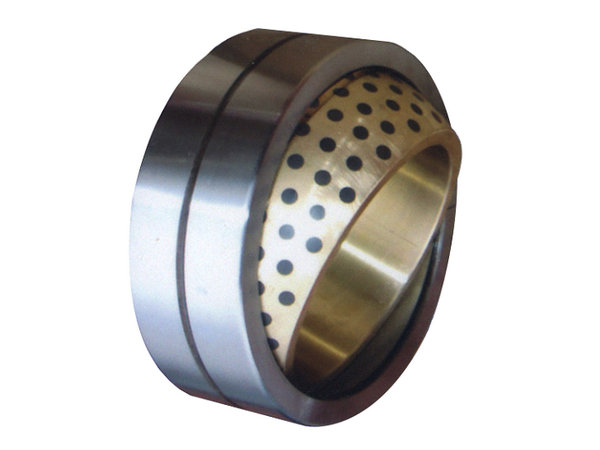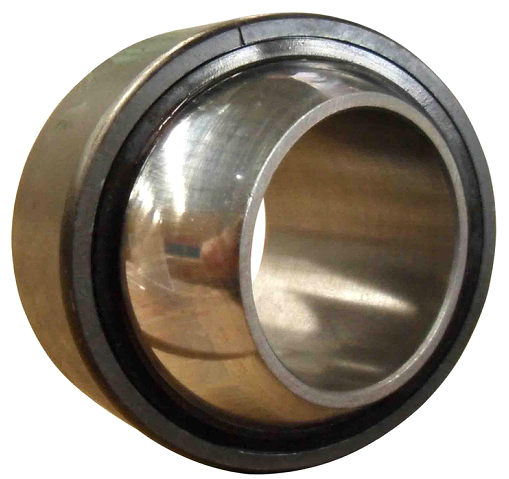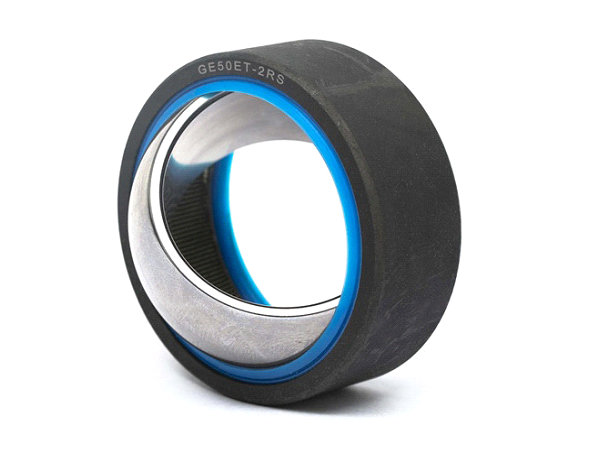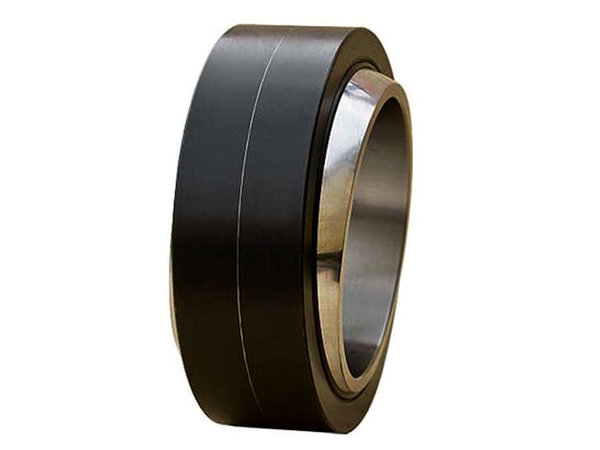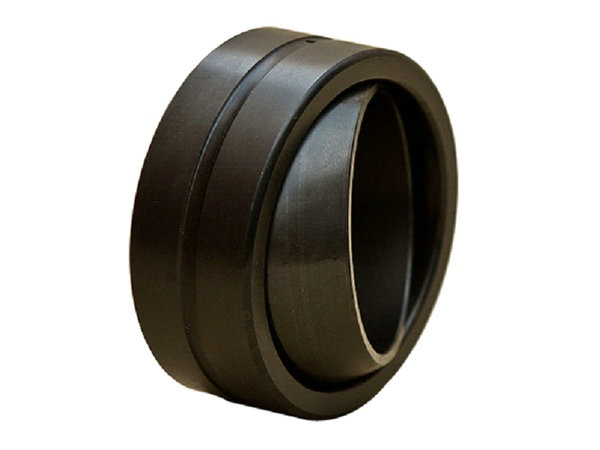Bearing classification and routine inspections
2016-02-23
First, the importance of bearing in machinery and equipment
Bearing "low speed heavy" operation, the sliding bearing by the motor rotating into mechanical energy and power to change the direction of movement, its length of life to improve equipment operation rate, productivity play a role in key components, and therefore the production of which, usually to enhance regular tour inspection equipment bearings, fuel, oil changes, maintenance work is extremely important.
Second, the classification of bearing
Bearings can be divided into two categories, namely, plain bearings and rolling bearings. Bearing in two forms: first, fixed, and bearing bush integrally cast, and the second split, bush and bearing split. The composite bearing form for easy maintenance. Rolling is divided into four types:
①, thrust bearing, bearing axial load;
②, radial thrust bearing, and radial bearing axial load;
③, radial bearings, bearing radial load;
④, general bearing. Bearing widely used different equipment performance, load, technical requirements and other characteristics, the use of different types of bearing arrangements.
In accordance with relevant specification bearings, sliding bearings in operation the maximum temperature of not more than 60 ℃, the highest temperature of the rolling bearing in operation no more than 70 ℃ principles. Maximum oil temperature does not exceed 60 ℃, or likely to cause bearing damage and breakage.
Third, damage and failure of the bearing is formed
Damage and failure of the bearing is formed mainly severe oil loss, fatigue damage, impurities into the protective frame and permanent deformation caused damage.
Daily tour and inspection work:
① see - the height of the oil level, check the amount of recording time fuel, oil, grease and add the oil bearing each device model specification is correct.
② listen - listen needle tool using the device in operation if there Jamming phenomenon, without noise, running smoothly.
③ touch - available thermometer temperature measurement can also touch the bearing housing temperature, whether in a controlled range of values within the required specification.
Fourth, bearing inspection methods to prevent damage
Our daily inspection work, the use of hearing, touch, see screening method, bearing understand the principles used in the production and maintenance during operation of maintenance knowledge. Sliding bearings are mainly used in high speed, low speed heavy duty equipment, such as: turbine generator, rotary kiln roller set, coal mill, cement mill, large motors, it is the nature of sliding friction, so the lubrication of these devices way with thin oil station cooling water way, oil circulation between the shaft and the bearing to produce an isolation film that lubricates, while reducing the frictional heat generated by the pad.
Rolling bearings are mainly used in small motor, the reducer, drive shaft, roller and other equipment, it is the nature of rolling friction, lubrication of rolling bearings can be grease, oil or solid lubricant. Rolling in the gap (ie the oil clearance) role is to ensure the normal operation of the rolling elements, lubrication as well as the amount of compensation of thermal expansion. The purpose is to prevent the seal bearing dust. Moisture from entering the bearing and to prevent the loss of lubricant. Front bearing and shaft assembly, the outer diameter of the shaft and bearing inner diameter measurement, to avoid the phenomenon of tight too loose, too tight fitting easy to make oil clearance gap is too small, the bearing temperature rise; too loose assembly, the bearing sleeve run or jacket, resulting in shaft and bearing damage. When the bearing assembly is strictly prohibited direct hand hammer percussion, the method can be copper or transition into the sleeve line.












 (Chat Online)
(Chat Online)
